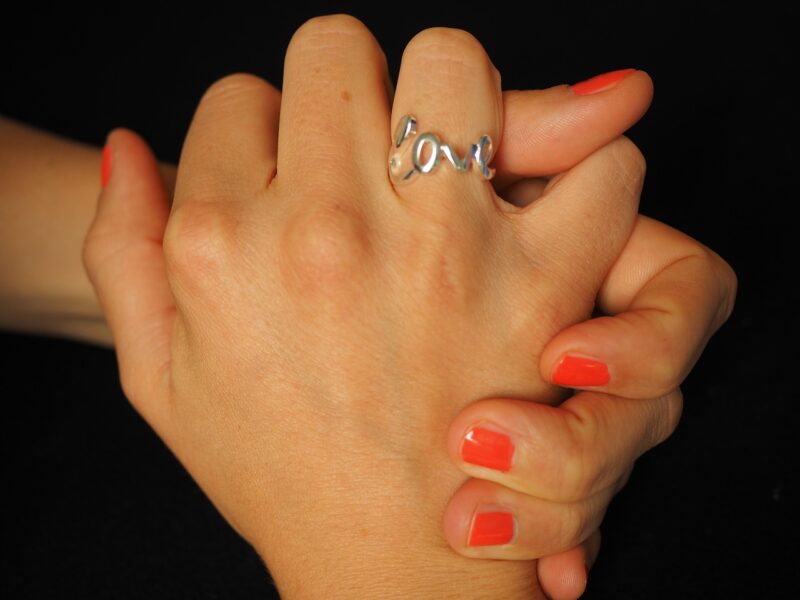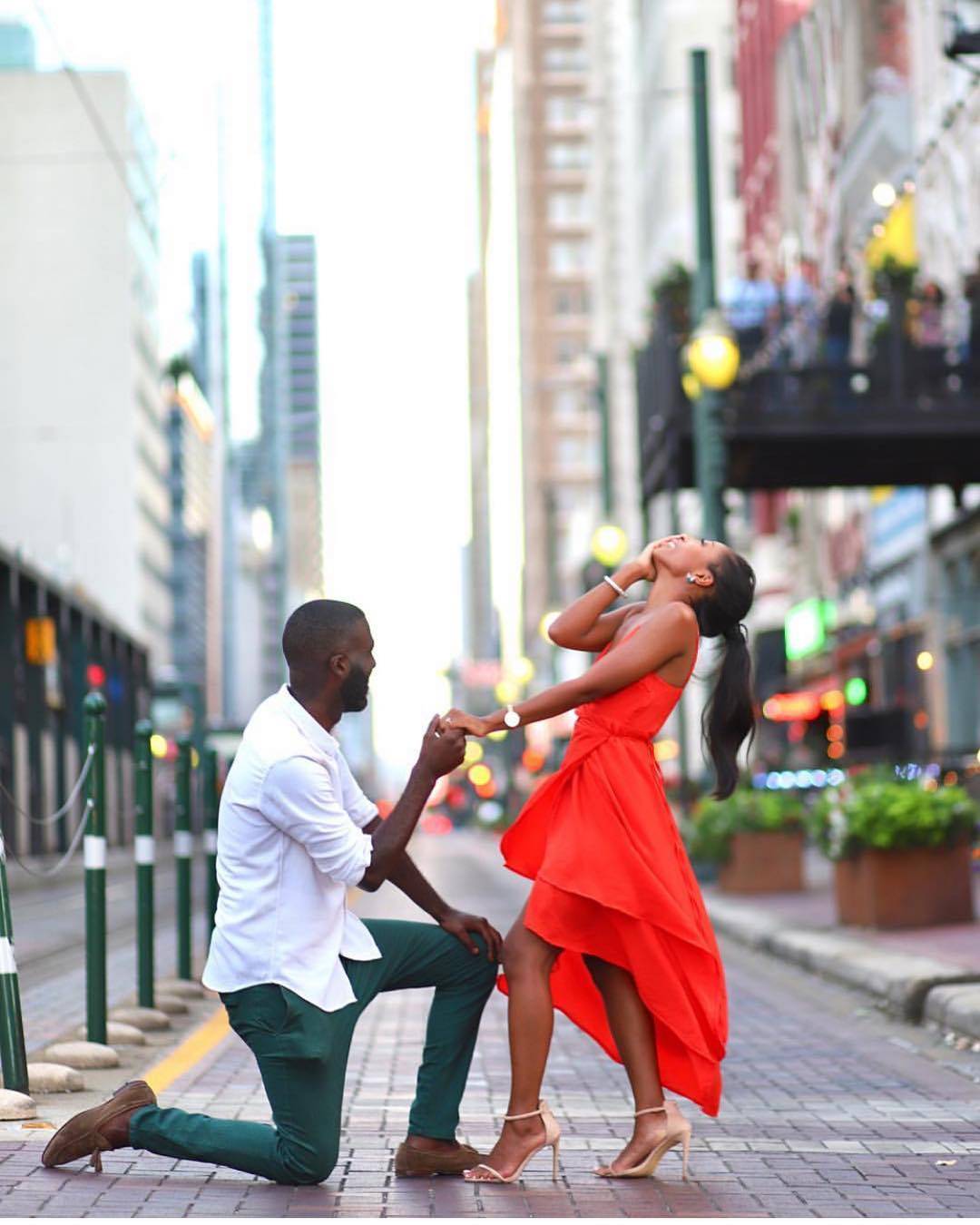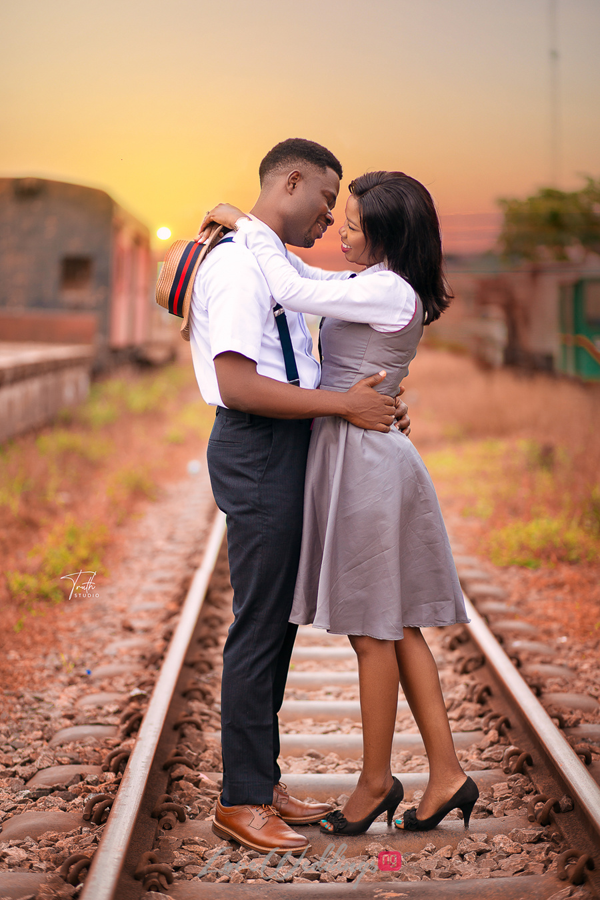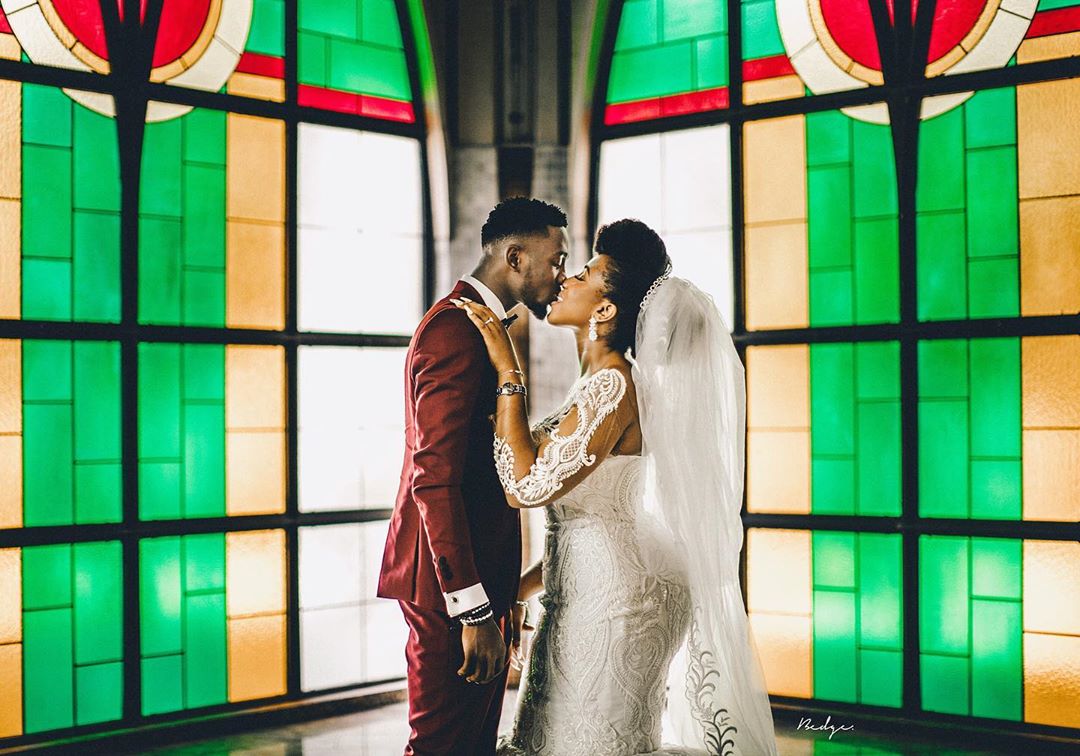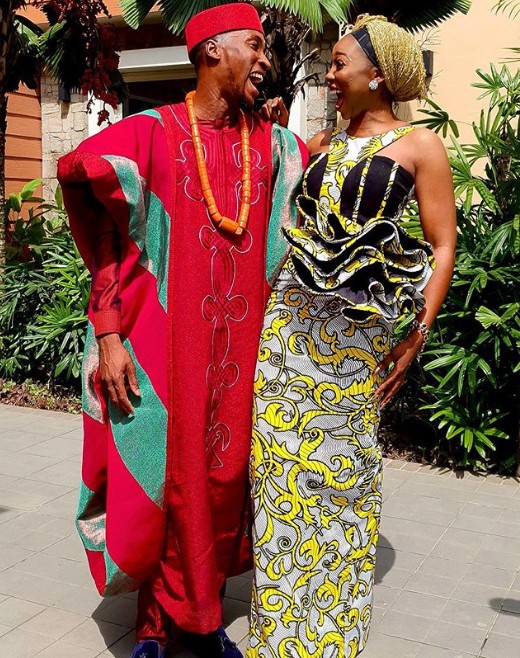When it comes to wearing a wedding ring, most people are familiar with the tradition of wearing it on the left ring finger. But have you ever wondered why this finger is chosen, and if it’s necessary to follow this custom? In this article, we’ll explore the history and meaning behind wearing a wedding ring on the ring finger, as well as other frequently asked questions and traditions surrounding engagement and promise rings.
The Significance of the Ring Finger
The ring finger, also known as the fourth finger, has long been designated as the finger for wedding rings in many Western cultures. This tradition stems from the belief that there is a vein that runs directly from this finger to the heart. Known as the “Vena Amoris” or vein of love, this connection symbolizes the bond and love shared between two individuals. While it’s now understood that all fingers have venous connections to the heart, the tradition of wearing a wedding ring on the ring finger continues to hold significance for many couples.
Cultural Variations
While the left ring finger is the most common choice for wearing a wedding ring, different cultures have their own traditions regarding ring placement. In countries like India, Germany, Spain, Norway, and Russia, wedding rings are traditionally worn on the right hand. These cultural variations highlight how customs and traditions shape the way we wear our wedding rings. Interestingly, despite the many trends and personalized wedding traditions that couples adopt, the ring finger is one aspect that most people tend to keep consistent.
Placing Rings on the Ring Finger
If you choose to wear both your engagement ring and wedding ring on the same finger, you might be wondering about the correct order to place them. Traditionally, married couples wear their wedding bands closest to their hearts, meaning the wedding band is placed first, followed by the engagement ring. Some couples even opt to switch their engagement ring to their right hand just before walking down the aisle, allowing their spouse-to-be to slide the wedding band onto their left finger during the ceremony. This symbolic gesture can be a beautiful representation of the union between two individuals.
For practical reasons, some brides choose to have their wedding and engagement rings soldered together, creating one unified piece. This not only eliminates the hassle of wearing multiple rings but also adds a metaphorical element of a “marital bond” represented by the fused rings.
Wearing Rings on Different Hands
While the traditional choice is to wear the wedding ring on the left ring finger and the engagement ring on the right ring finger, there is no hard and fast rule. The decision of which hand to wear each ring on often comes down to personal preference or cultural traditions. Some individuals may choose to wear their wedding ring on the right hand and their engagement ring on the left, while others may wear both rings on the same finger. Ultimately, it’s up to the couple to decide what feels right for them.
Rings as Symbols of Commitment
Wearing a ring on the ring finger can signify a committed relationship, whether it’s through engagement or marriage. However, it’s worth noting that wearing a ring on the left-hand ring finger may give the impression that you are already taken, which might not be ideal if you’re single and actively dating. If you choose to wear a ring on this finger without being engaged or married, it’s important to communicate your intentions clearly to avoid any misunderstandings.
Taking Care of Your Rings
While you may be tempted to wear your rings at all times, it’s important to take precautions to avoid damaging them. Remove your rings when engaging in activities that could scratch the metal, harm the stones, or disfigure the setting. This includes activities like cleaning (especially when using chemicals), going to the gym, or participating in physical activities. It’s also advisable to remove your rings before bed to protect both the rings and your fingers from potential discomfort or swelling.
To keep your engagement ring in its best condition, have it professionally cleaned and checked at least twice a year. This ensures that the ring maintains its brilliance and shine and that any potential damage from regular wear is promptly addressed.
Finding the Perfect Fit
Ensuring that your ring fits perfectly is essential for comfort and longevity. When measuring your ring finger, consider factors like the shape and size of your finger, your lifestyle, and the type of ring you have in mind. If you engage in activities that may cause your finger to swell, such as physical exertion or long travel, take this into account when determining your ring size. Climate can also affect finger size, with hands and fingers more likely to swell in warmer weather.
For the most accurate measurement, measure your finger when it’s at its normal size, preferably during the middle of the day at room temperature. Avoid measuring after physical activity or consuming a hot meal, as these factors can affect finger size. If you’re unsure about your ring size, it’s recommended to get professionally measured to ensure a perfect fit.
Following Tradition or Creating Your Own
From wedding rings to finger tattoos, there are numerous ways to express your commitment and love for your partner while following or deviating from tradition. While most couples choose to wear their wedding rings on the left ring finger, it’s important to remember that the choice is ultimately yours. Whether you decide to uphold time-honored customs or create your own unique tradition, what matters most is the love and commitment behind the rings you wear.
For same-sex couples, the tradition of wearing wedding rings on the left ring finger holds great significance. With the legalization of same-sex marriage, many LGBTQ+ couples now choose to wear their wedding rings on this finger, symbolizing their newfound right to marry just like any other couple. The wedding band represents a different level of commitment and a tangible symbol of equality and love.
Other Rings of Significance
In addition to wedding rings, there are other types of rings that hold significant meaning in relationships. Engagement rings, for example, are traditionally worn on the left ring finger. However, some European countries have the tradition of wearing wedding rings on the right hand while retaining the engagement ring on the left. In Colombia and Brazil, couples wear engagement rings on their right hands and then move them to the left hand after exchanging vows.
Promise rings, on the other hand, have a more flexible tradition. These rings symbolize a commitment, but the nature of that commitment can vary. It might represent a promise of an upcoming engagement, abstinence until marriage, or a commitment to a future together. There are no strict rules for wearing a promise ring, but many people choose to wear it on the same finger designated for engagement and wedding rings, signifying its significance.
For couples who prefer a non-traditional approach, forgoing rings altogether is also an option. Some choose not to wear any rings, while others may opt for wedding ring tattoos on their ring fingers. These tattoos are a permanent and visible symbol of their commitment, making a strong statement about their love and dedication.
In conclusion, the choice of which finger to wear a wedding ring on is steeped in tradition and cultural customs. While the left ring finger is the most popular choice for many Western cultures, there are no hard and fast rules. Ultimately, the decision rests with the couple and what feels right for them. Whether you choose to follow tradition or create your own unique way of expressing your commitment, what matters most is the love and bond shared between you and your partner.
